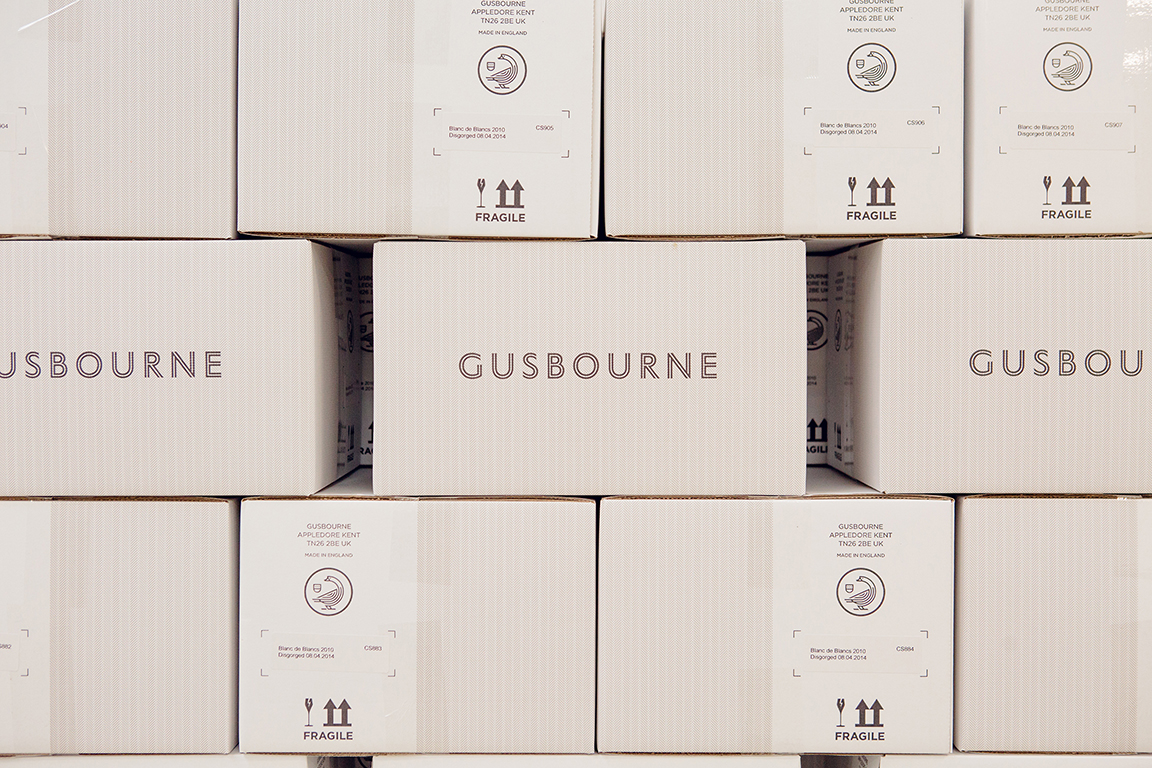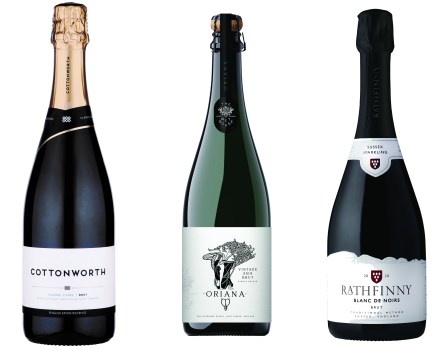Wine production in the marginal region of Great Britain may be encumbered by volume variations, but the general trajectory is upwards, and according to WineGB is likely to approach 40 million bottles in 2040. Vineyard finds out from WineGB, and exporters Gusbourne Estate and Hattingley Valley, why an export strategy is so important for the health of the industry.
Asked why export markets are important to Hattingley Valley Vineyard, owner Simon Robinson is quick to the turn the question around and say: “Why not – it makes sense to address every possible market and explore all available sales channels.”
“Exports are partly a defensive strategy, as they avoid us becoming over reliant on limited routes to the domestic market. In fact, if you look around the world, export is key for most wine regions. Concerns are sometimes expressed by those involved with our industry on the consequences of over-supply. So as the larger producers get bigger, if they can establish sales in export markets, it will create more room in the domestic market for smaller producers,” added Simon Robinson.
“There is a growing interest in exports, especially amongst new entrants to the industry,” commented Duncan Brown, Head Export & Travel Retail at Gusbourne Estate. “Looking at projected production figures, the UK will need to increase exports, as the domestic market may not be able to absorb all that is produced – and I suspect there could be market saturation. It also makes sense to spread the risks and avoid having all the eggs in one basket!” Duncan Brown added.
“Exports are long term play,” explained Simon Thorpe MW, WineGB CEO. “Given the size of the domestic market and the opportunities which exist across all channels, in my view exports will probably not expand beyond 10% – 15% of total sales in the next decade. However, for the long-term, exports are vital for raising awareness of our brands, and for providing access to an affluent global wine consumer – who values premium quality. Exports give us the opportunity to showcase our world class wine credentials on a global stage. When international travel opens up again, the link between wine tourism and exports will become stronger and more important as a revenue stream,” he added.
At September’s WineGB Trade & Press tasting in London, Simon Thorpe MW, presented the latest industry figures from the annual survey and plans for supporting exports. “We are currently exporting in the region of 250,000 bottles, roughly 4% of total sale. Despite the challenges and disruption in 2020, exports have risen by 51% in the last 12 months. Sparkling wine exports have risen by 33%, and interestingly, there was a strong increase in the export of still wines. Although still wines are only 17% of total exports, their volume grew by 501% as certain overseas markets became more aware of their quality.
“2020 was a difficult year to develop some markets because of the travel restrictions, so gaining distribution and awareness in new markets was not possible. However, in those markets where the route to market is more straightforward, such as in Scandinavia and Japan, our wines performed really well. Over the past 12 months key market growth has come from Scandinavia, which now represents 63% of all exports. Norway in particular grew its sales of GB wines dramatically – and now sits as the number one export market,” commented Simon Thorpe.
Top export markets
The WineGB survey reported that wine is now shipped to 30 export markets, but highlighted that the top ten export market represents 92% of shipments.
“Although there are other markets outside this top ten which seem attractive, such as South Korea for example, the coming years will be more about identifying a handful of existing focus markets and maximising our exposure and success there,” explained Simon Thorpe.
“Gusbourne are now exporting to 23 international markets,” explained Duncan Brown. “We are selling wine to 14 countries in Europe including the Scandinavian monopolies, key markets in the EU such as Germany, and some outside such as Russia; we are even distributed in France – and the latest export country to add, Jordon in the Middle East,” he added.
“Hattingley are exporting to about 15 markets, with USA and Japan being the most important, along with the Scandinavian countries, who are taking significant amounts of wine – particularly Norway in the last 18 months. We export to Belgium and Switzerland, and also send small but regular volumes to Australia. We even export to Kazakhstan – just a couple of pallets a year – but they keep coming back for more!
WineGB export strategy
“As export is one of WineGB’s five strategic pillars, an Export Project Manager, will soon be appointed,” commented Simon Thorpe. “Their role will be to articulate a detailed export strategy, outlining focus markets, the key activities required to explore those markets, as well as building market expertise among members. Export growth is best achieved in a collaborative way, so crucially we will build a community of exporting wineries who will join forces in the coming years so that we can develop our focus markets in a cohesive and category-focused manner. WineGB will coordinate activity, organise our presence at international wine shows, welcome overseas buyers and commentators and showcase best practice,” he added.
The new Project Manager will work with the existing WineGB export working group, comprising of representatives from vineyards and wineries with export knowledge and experience. “Gusbourne have worked with WineGB right from the start – and the export working group are a collaborative bunch. We are always open to discussions, information sharing, helping each other and working together,” commented Duncan Brown. “Simon Thorpe is now chairing the export working group. Brandon Barnham, Export Sales for Ridgeview is leading on the Americas markets, with Adam Williams, Sales Director at Hush Heath looking after Asia and myself overseeing the European markets,” added Duncan.
Toolkits and top tips
WineGB has a dedicated page within its website supporting members with a step-by-step guide to exports from how to plan for exporting and researching the best markets, to legal and label requirements, incoterms, insurance and finance. There are specific guides for the more prominent export countries as well as informative webinars and podcasts.
Simon Robinson’s top tips for export are: “Don’t be scared – there are plenty of people to help and finding the right importer is key.”





